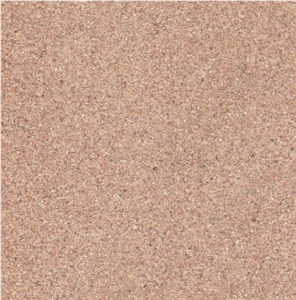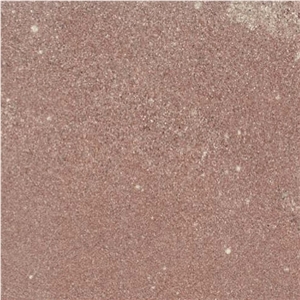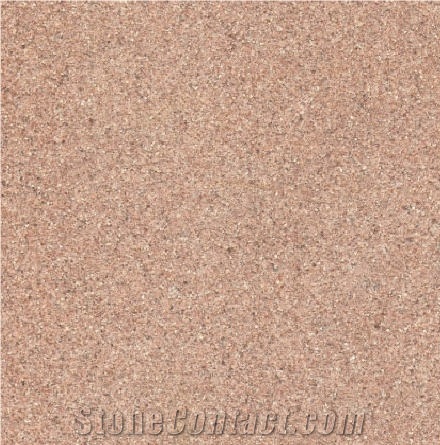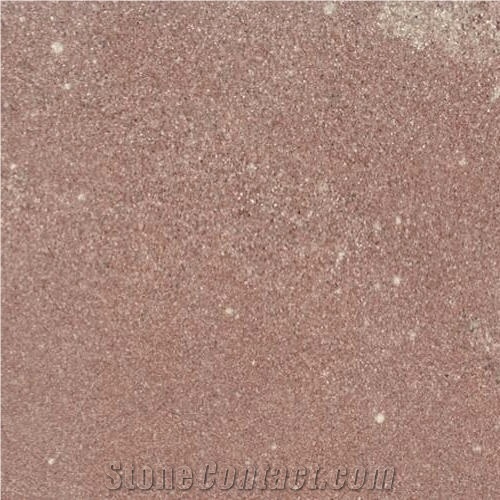Can France's Champenay Sandstone be used exterior applications in cold climates?
Champenay Sandstone, also known as Champenay Limestone, is a natural stone quarried in France. While it can be used in various applications, such as flooring, wall cladding, countertops, and even exterior applications, its suitability for cold climates depends on several factors.
Champenay Sandstone is a sedimentary rock that typically has good durability and resistance to weathering. However, it is important to note that all-natural stones have varying properties, and their performance in cold climates can be influenced by factors such as freeze-thaw cycles, temperature fluctuations, and moisture.
In general, Champenay Sandstone can be used in exterior applications in cold climates if proper precautions are taken. Here are a few considerations:
1. Frost resistance: Ensure that the specific type of Champenay Sandstone being used is frost-resistant. This means it can withstand the expansion and contraction caused by freezing and thawing cycles without significant damage.
2. Sealing: Apply a high-quality, penetrating sealer to the stone surface. This will help prevent water absorption and reduce the potential for freeze-thaw damage. Regular resealing may be necessary to maintain the stones performance.
3. Installation: Proper installation techniques are crucial in ensuring the longevity of the stone in cold climates. Proper drainage, use of expansion joints, and adequate anchoring and support systems should be employed to minimize the effects of temperature fluctuations.
4. Maintenance: Regular maintenance is important to preserve the stones appearance and performance. This may include cleaning, resealing, and addressing any signs of damage or deterioration promptly.
It is always recommended to consult with professionals experienced in working with Champenay Sandstone or similar natural stones to assess its suitability for specific exterior applications in cold climates. They can provide additional guidance and recommendations based on the specific project requirements and local climate conditions.
Champenay Sandstone, also known as Champenay Limestone, is a natural stone quarried in France. While it can be used in various applications, such as flooring, wall cladding, countertops, and even exterior applications, its suitability for cold climates depends on several factors.
Champenay Sandstone is a sedimentary rock that typically has good durability and resistance to weathering. However, it is important to note that all-natural stones have varying properties, and their performance in cold climates can be influenced by factors such as freeze-thaw cycles, temperature fluctuations, and moisture.
In general, Champenay Sandstone can be used in exterior applications in cold climates if proper precautions are taken. Here are a few considerations:
1. Frost resistance: Ensure that the specific type of Champenay Sandstone being used is frost-resistant. This means it can withstand the expansion and contraction caused by freezing and thawing cycles without significant damage.
2. Sealing: Apply a high-quality, penetrating sealer to the stone surface. This will help prevent water absorption and reduce the potential for freeze-thaw damage. Regular resealing may be necessary to maintain the stones performance.
3. Installation: Proper installation techniques are crucial in ensuring the longevity of the stone in cold climates. Proper drainage, use of expansion joints, and adequate anchoring and support systems should be employed to minimize the effects of temperature fluctuations.
4. Maintenance: Regular maintenance is important to preserve the stones appearance and performance. This may include cleaning, resealing, and addressing any signs of damage or deterioration promptly.
It is always recommended to consult with professionals experienced in working with Champenay Sandstone or similar natural stones to assess its suitability for specific exterior applications in cold climates. They can provide additional guidance and recommendations based on the specific project requirements and local climate conditions.
 France
(Champenay, St. Die, Dept. Bas-Rhin, Alsace)
France
(Champenay, St. Die, Dept. Bas-Rhin, Alsace)





















 Thailand
Thailand